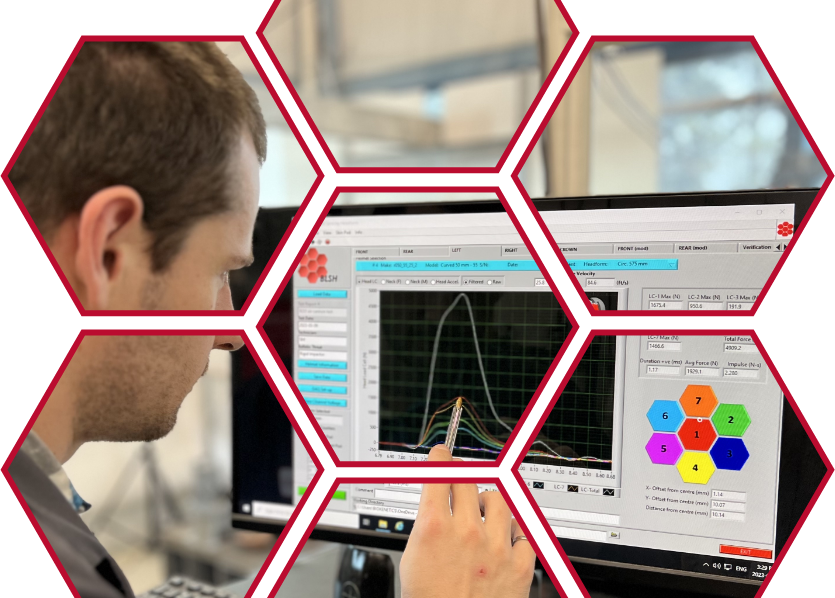The current lack of standardization and well-defined product specifications make selection difficult for end-users, and the development of ammunition challenging for manufacturers. Biokinetics has proposed test methods in line with the current state-of-science to quantify the terminal effects of Non-Lethal Kinetic Energy (NLKE) ammunition. The methods are inspired by the pioneering work from Wayne State University and the on-going efforts of the NATO Team of Experts group on Non-Lethal Kinetic Energy Projectile Standardization (STANREC 4744). Until such time that the standards are finalized by scientific and standards bodies, e.g. ASTM and NATO, Biokinetics’ test method can be used by end users and manufacturers to evaluate and compare NLKE rounds.
The goal of the test method is to answer three key questions:
The Biokinetics’ test methodology BAL-NLKEA-01 is divided into four sections, each addressing one of the four parameters required to characterize the terminal effects of NLKE ammunition:
Precision
Precision determines the probability of hitting the target at a given distance (ASTM E3276/E3276M-21).
Critical Velocity
The critical velocity corresponds to the velocity of the projectile required to perforate skin (NATO Standard AEP-94).
Impact Force
The impact force quantifies the severity of impact and the risk of head injury (NATO Standard AEP-103).
Transient Deformation
Transient deformation is another measure of impact severity. It is used to quantify the risk of blunt trauma to the torso (NATO Standard AEP-99).
Explore Our Innovative Testing Services Today and Take the First Step Towards a Safer Tomorrow

Copyright © 2025 Biokinetics | Acknowledgements | Privacy Policy